Dry Heat Sterilizer
Salient Features:
- Class 100 sterilization
- Double door construction with silicon rubber gaskets
- 8–16 point temperature validation
- Inlet & outlet through HEPA filters
- High temperature HEPA filters in recirculation chamber
- Special heaters to withstand high temperatures
- Uniform temperature distribution
- Fully automatic PLC-operated control panel
- Customized automation systems
Accessories:
- Trolleys
- Undercarriages
- Ampoule & vial boxes
Categories: Injectable Section, Pharmaceutical Machinery
Tags: DryHeatSterilizer, PharmaceuticalSterilization
Description
| Model | DHS – 0.22 | DHS – 0.64 | DHS – 1.2 | DHS – 1.8 |
|---|---|---|---|---|
| Capacity | 225 Liters | 640 Liters | 1200 Liters | 1800 Liters |
| Temperature range | Room temperature to 300°C | Room temperature to 300°C | Room temperature to 300°C | Room temperature to 300°C |
| Clean Level | Class 100 | Class 100 | Class 100 | Class 100 |
| Heating Power | 9 KW | 15 KW | 22 KW | 28 KW |
| Circulating fan power | 0.75 KW | 2.2 KW | 3.0 KW | 4.0 KW |
| Supplementary fan power | 0.18 KW | 0.18 KW | 0.25 KW | 0.25 KW |
| Moisture fan power | 0.18 KW | 0.18 KW | 0.37 KW | 0.75 KW |
| Circulation fan flow | 3500 m3/h | 4600 m3/h | 5500 m3/h | 6300 m3/h |
| Supplementary fan flow | 300 m3/h | 300 m3/h | 408 m3/h | 408 m3/h |
| Operating Chamber (W × D × H) mm | 600 × 500 × 750 | 800 × 800 × 1000 | 1000 × 1000 × 1200 | 1000 × 1200 × 1500 |
| Outer Cabinet (W × D × H) mm | 1650 × 900 × 1750 | 1850 × 1200 × 1950 | 2050 × 1400 × 2150 | 2050 × 1600 × 2450 |
| Control system | HMI based fully automatic functions | |||
| Printer | Thermal printer | |||
| Cooling | Water cooling system | |||
| Construction | 304 Stainless steel (316 optional) | |||
| Doors | Leak proof doors w/ pressurized locking system | |||
| Air Supply | Pressure module with pre filter and HEPA filter to ensure fresh filtered air entry | |||
| Optional | – Strip chart recorder – Provision to attach laser jet printer – Trolley – Trays – Wire baskets – Additional temperature probes | |||
| Note: | Dimensions of Class 100 and Class 1000 dry heat sterilizers are same | |||
Reviews (0)
Be the first to review “Dry Heat Sterilizer” Cancel reply
Shipping & Delivery
Related products
Automatic & Semi Automatic Tube Filling Machine
Automatic & Semi Automatic Tube Filling Machine
Linear tube filling machines are fully automac tube filling machine available in single head and double head models
Whatsapp EnquiryBottle Labeling Machine
Salient Features:
- S.S. GMP Model.
- No Bottles – No labeling system.
- Machine Advantage: No change parts are required to change any bottle & label sizes.
- In your particular case, offer a machine with a Touch code printer to print Mfg. Expiry, Batch No. etc.
- Labeling Capacity: 60 to 80 Bottles/Minute (Depending upon Labels & Bottles).
- Stepper Motor: 60 Kg/cm2
- Programmable MMI Unit: Standard (Our programming).
- A.C. Frequency drive for conveyor & pressing device.
- Total synchronized with stepper motor & A.C. motor with single speed variator port.
- Applicator height is adjustable as per customer requirement to change labeling position on the bottle.
- It has an inbuilt speed indicator & counter.
- No change parts are required to be changing any container & label sizes, hence only one-time investment.
Octagonal Blender
Chemical Machinery, Blenders, Pharmaceutical Machinery, Dry Syrup Section, Mixers, Tablet & Coating Section
Salient Features:
- Suitable for dry mixing of products in granule form.
- Octagon shape gives tumbling action & baffles provide proper mixing of the material.
- Easy to clean with CIP Spray Ball.
- All contact parts are made out of SS 316.
- Safety guards with interlocking.
- Flame proof motor and electrical available as option.
- Vacuum compatible powder loading system PLC in control panel. (Optional)
Online Visual Bottle Inspection Machine
Online Visual Bottle Inspection Machine is a three-track conveyor with a hood with lighting arrangement and visual inspection background of alternate black & white color. The inspection table has a stainless steel structure with a moving S.S. slat chain. Design made out of S. S. square pipe & supported on adjustable bolts.
Online Visual Bottle Inspection Machine
The Bombay Engineering’s Inspection table consists of two (Single Side seating arrangements) or three (Double Side seating arrangements) tracks conveyor with a hood with lighting arrangement and visual inspection background of alternate black & white color.
Operation:
The central conveyor belt brings the bottle from the capping/washing machine conveyor. These bottles are automatically bifurcated on the two adjoining conveyor belts & further on the side tables for operators sitting on either side of the table. In turn, the operators pick up the bottles & visually inspect the bottles in the alternate white & black background to check for any partials in the Liquid filled, sealed & breakage of the bottle. After inspection, the bottles are placed in the central track, which is transfer for labelling.
Whatsapp Enquiry
Planetary Mixer (VJHSE Type)
Salient Features:
- Suitable for mixing dry and wet powders & granules.
- Planetary motion agitators with scrapers.
- All contact parts are made out of S.S. 316 quality material.
- Compact design requires comparatively smaller floor space.
- Hydraulic lifting system for model 200 ltrs and above.
- Sturdy locking system for the bowl.
- Heavy construction & total vibration-free even during mixing. Stirrer with planetary motion.
- Flameproof model available as optional.
- PLC-based control panel available as optional.
Rapid Mixer Granulator
Salient Features:
- cGMP model with contact parts in SS 316 & non-contact parts in SS 304.
- Homogeneous product distribution.
- Pneumatic top lid lifting system.
- Bottom impeller lifting system.
- 3/4 blade main impeller and 4 blade chopper impeller.
- CIP & binder addition system through pump.
- Variable speed drive for main and chopper motors.
- Online Comill at discharge.
- PLC in control panel, 21 CFR compliant.
Semi Automatic Capsule Filling Machine
We are offering a wide range of Semi Automatic Capsule Filling Machine. The Machine gives 25,000 to 30,000 capsules per hour and suitable for filling capsules of all sizes with powder, pellets & granules. It is comparable to the best because of its outstanding mechanical & functional features. This innovative design & precision manufacturing meets the requirements of cGMP. The Machine is an ideal choice in the SemiAutomatic Capsule Filling Machine available in the market. we provide different types of capsule filling machine
Bombay Engineering’s Semi-Automatic Capsule Filling Machine is designed for precision manufacturing requirements of modern pharmaceutical procedures. Capsule Filling Machine is suitable to fill size 00 to 5 capsules with powder, granules, or pellets. We have three different models that provide production output ranging from 25000 capsules per hour to 45000 capsules per hour. The machine provides a high degree of automation with higher levels of filling weight accuracy. The machine is made as per GMP standards having all Stainless-Steel covering. A machine has wide usage in R&D laboratories, Research Institutions, Herbal & Nutraceutical preparations, Unani & Ayurvedic medicines, Pilot batch productions, etc.
We can provide line equipment naming Capsule Conveying System, Capsule Polishing Machine, Dust Extractor, Damage Capsule Sorter, and Empty Capsule Ejector to make complete Semi Automatic Capsule Filling Line.
The Semi Auto. capsule filling machine allows for higher degree of automation when compared to manual capsule filling machine, thus ensuring higher level of filling weight accuracy. This capsule filling machine is deemed apt for the operation of capsule filling of varying sizes with powders, granules or pellets. With the GMP standards manufacturing methods employed for semi automatic capsule filling machine, it comes with an all Stainless-Steel covering. The machine is capable of yielding high outputs, i.e. 25000 to 47000 capsules/hour that depends on the size of capsule and operator’s skill-set. It performs the operation of on line polishing & sorting. Polishing of the tablets do not require operators and there is no need for a separate storage for filled capsule. The semi-automatic capsule filling machine has a four speed auger that allows it to operate and fill different types of powder & pellets. Filling table of the machine has variable speed that aids in achieving high dosage accuracy. Semi automatic capsule filler incorporates automatic capsule loading system to ensure faster, safer, closure and ejection of filled capsules. It also has an automatic drug hopper in-feed mechanism to eliminate any variation in weight and thus ensures in high productivity.
The semi-automatic capsule line is equipped with automatic Capsule conveying system that transports the completely filled capsules to capsule polishing machine from semi automatic capsule filling machine or where they need to convey. The process is completely automatic without human hands interactions with the help of a pump that sucks and move the filled capsules. automatic polishing machine for cleaning the capsules. It uses a rotating brush to carry out the operation. The polishing chamber comprises of a rotating spiral brush that removes the powder particles from the surface of the capsules after being fed. This chamber is also connected to the vacuum cleaner to suck out the de-dusted powder in order to clean the chamber. The semi auto capsule filling line also comprise of an empty capsule ejector. It checks whether the capsules are filled or not and ejects those capsules that are empty due to some machine error. Capsule ejection takes place due to the air force applied on the capsules. Damage capsule sorter removes the diametrically distorted capsules from the lot and only allows the perfect sized capsules to pass through. It is a part of semi-automatic capsule filling line machine and ensures only well proportionate & sized capsules.
The entire arrangement of the semi-automatic capsule filler is quite uncomplicated. At first, the capsules are transferred to the hopper whose size varies from 00 to 5. In a separate corkscrew driven hopper, the powders are again transferred that ensures a constant fill in every single capsule. Vacuum sucker is also utilized in this process for the purpose of sorting the capsules individually and later fill them into the loading rings (size differing from 00 to 5). The operator, then makes use of vacuum in order to bifurcate the capsules.
Application:
- Filling Capsules with powder, pellets & granules
- Pharmaceutical, Nutritional, Biotech, Health Supplement, Food Product & Cosmetics
- Hard Gelatine, HPMC & Veg Capsules in 00, 0, 1, 2, 3, 4 & 5 sizes
- Single Loader, Double Loader, Mini Model
TABLET DEDUSTER
Overview: Tablet De-Dusting & De-Burring Machine
Bombay Engineering manufactures, supplies, and exports a high-quality range of Tablet De-Dusting & De-Burring Machines designed to remove excess powder and burs from compressed tablets. These machines are built to conform with international standards, ensuring top-notch performance.
Key Features:
✔ Premium Construction: All contact parts are made from SS 304 stainless steel for durability and hygiene.
✔ Efficient Dusting and Cleaning: Utilizes compressed air for effective tablet de-dusting and cleaning.
✔ Compatibility: Can be easily integrated with rotary tablet press machines, making it an ideal solution for fine de-dusting and tablet movement.
✔ Automatic Dust Removal: Features an automatic dust-removal system for continuous, efficient operation.
The Bombay Engineering De-Burring & De-Dusting Machine is built to provide outstanding performance, ensuring clean, dust-free tablets with minimal energy consumption and easy maintenance.
Whatsapp Enquiry

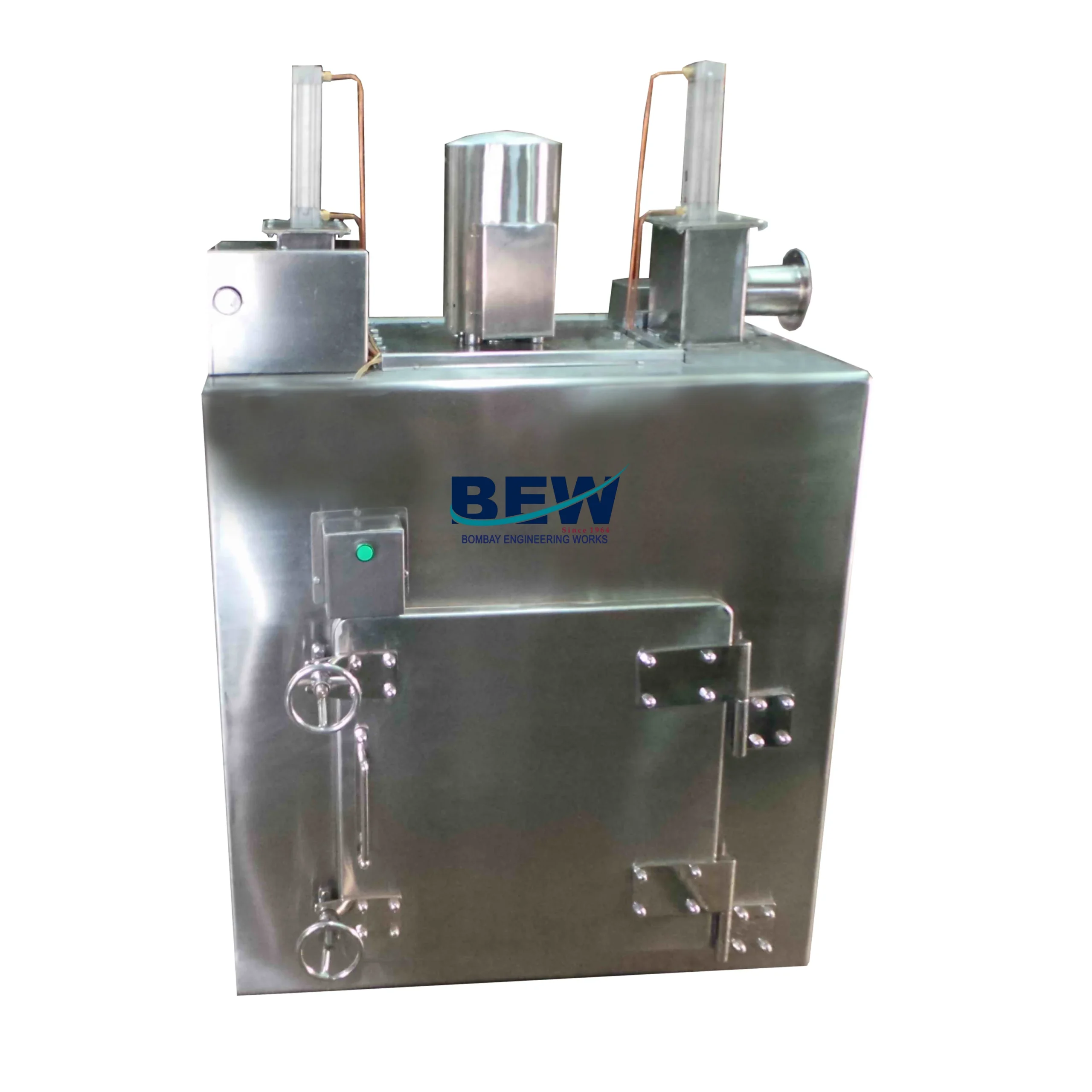
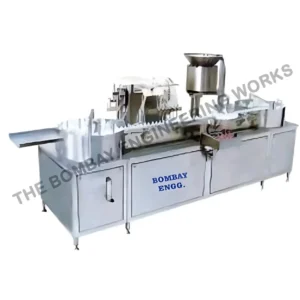
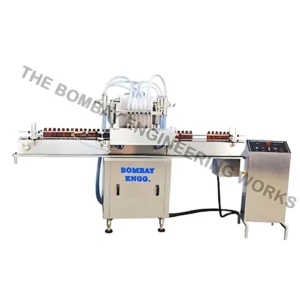
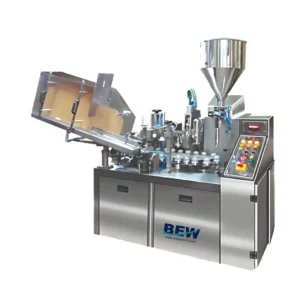
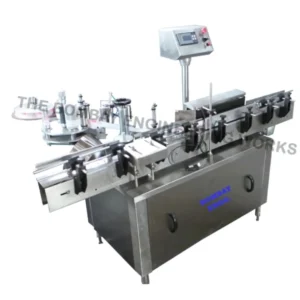
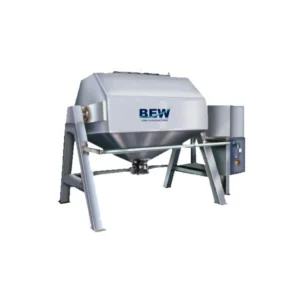
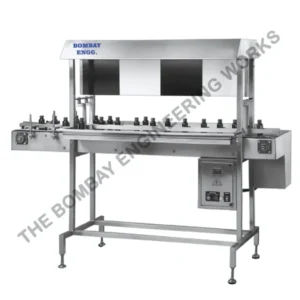
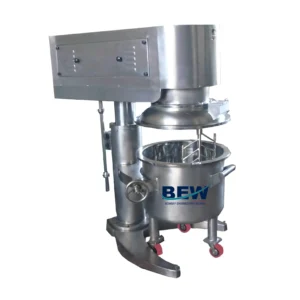
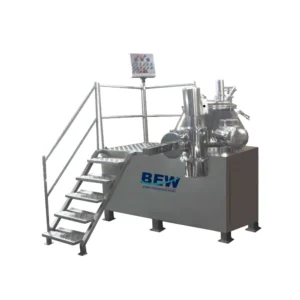
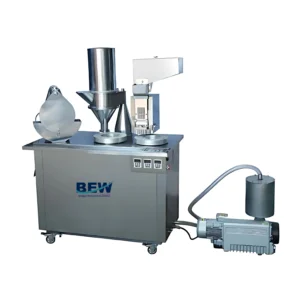
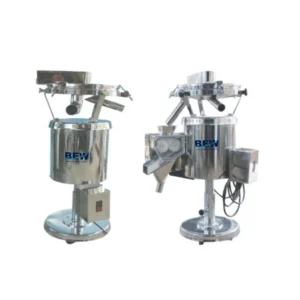


Reviews
There are no reviews yet.